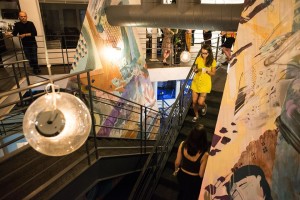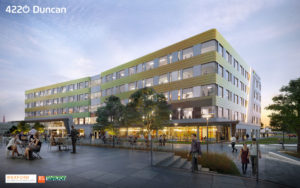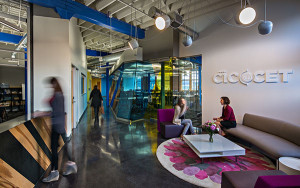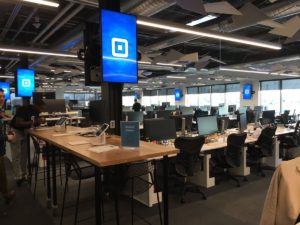
Coworking Guide to CIC St. Louis, the Original Shared Workspace in CORTEX
Over the past several years, CIC St. Louis has housed over 1,300 companies with more than 13,000 total employees. Over 1,100 companies have “graduated” (defined as leaving the CIC facilities for their own spaces). Globally, CIC companies have raised over $17 billion in venture capital; total capital raised is closer to $74 billion.

Writing by Mike Fabrizi. Mike Fabrizi was born and raised in St. Louis, Missouri. An expat for 30 years to the Washington, DC area, he recently retired from a career including long stints with The MITRE Corporation, of McLean, Virginia, and The Aerospace Corporation, of El Segundo, California. Mike’s professional interests include complexity and complex adaptive systems, economic complexity, cities, and regenerative agriculture. He looks for ways to bridge the urban-rural divide, and likes to emphasize that which we share in common, not that which divides us. *Most* people everywhere are good. Give them half a chance and the goodness manifests itself. Mike now happily resides back home in St. Louis.
The Cambridge Innovation Center (CIC) is an actor in the St. Louis innovation community, functioning as a specialized, shared-space operator in the CORTEX Innovation District (CIC facilities are located at 4220 and 4240 Duncan Street and #20 South Sarah Street).
Over the past several years, CIC St. Louis has housed over 1,300 companies with more than 13,000 total employees. Over 1,100 companies have “graduated” (defined as leaving the CIC facilities for their own spaces). Globally, CIC companies have raised over $17 billion in venture capital; total capital raised is closer to $74 billion.

CIC Workspaces at #20 South Sarah Street in the Cortex Innovation District (Photo Credit: John Land)
What CIC Provides
CIC meets the needs of both budding entrepreneurs looking for office space as well as the more technical needs of scientific researchers.
Coworking & Shared Workspaces
Coworking spaces, or shared workspaces, are provided for startups or others on tight budgets looking to establish a presence. These are available for as little as $300 per month, and include the use of shared meeting areas, amenities, and bundled services. Private offices, which can accommodate teams ranging from one to fifty people, are also available. John emphasized that CIC coworking spaces are rented to a variety of new firms in a “technology and industry agnostic” approach. Thus, represented are firms from medical science, fiber optics, plant science, marketing, technology training, and a host of other areas.
Shared Lab Space
Lab spaces include both shared lab benches and private labs, which range in size from 500 to 5,000 square feet. While some of the tenant firms (clients) furnish their own lab equipment, other equipment is furnished by CIC sponsors, which include Thermo Fisher and Eppendorf. Our tour included an explanation of some of this equipment. For example, a Neon NXT Electroporation System is available for genetic engineering activities, such as CRISPR applications.
Access to this expensive equipment allows client firms to better leverage scarce working capital, focusing on hiring the right staff to achieve that crucial product/market fit and then scale operations. This is what successful startups must do.
Lab spaces are primarily occupied by medical science firms and researchers; however, a plant science researcher who recently relocated from BRDG Park also works here.
Amenities
Amenities include a well-equipped, BJC-provided gymnasium (with a spin studio!) available to clients at a discounted rate, a coffee and snack area (I sampled the excellent coffee and healthy snacks), and inviting open spaces. These amenities are intended to be more than places to take a break from work: they encourage “serendipitous collisions”, in which people bump into, befriend, and learn from each other.
Use of the facilities also includes some bundled services, such as WiFi, security, emergency medical facilities (eyewashes and showers), emergency backup power for lab equipment, and janitorial cleaning services. All of these are included for the modest rent.
Many other business incubator-type arrangements are time delimited, with clients being kicked out after an incubation period, typically three to five years. John and Allyson emphasized that CIC does not have such a policy; some of the client companies have occupied CIC spaces for several years, though most eventually get too large and relocate into their own quarters.
CIC’s current St. Louis occupancy rate is about 75 percent.
CIC and Innovation Nurturing
This brings us to the “story” of CIC. What is CIC’s “secret sauce” for fostering innovation and birthing a menagerie of successful startups, some of which will someday grow up to be gazelles and unicorns?
We have already commented on the facilities and infrastructure aspect of this. CIC provides client firms access to physical capital that they could often ill afford, given the resource scarcity with which startups must contend. But, there is more. Recall our earlier discussion of the amenities, such as the coffee and snack bar and attractive open areas. These are arranged centrally. Picture them as the hub in a wheel, with the spokes extending to corporate offices. People who come out of their workspaces for breaks are likely to bump into, converse with, and learn from each other.
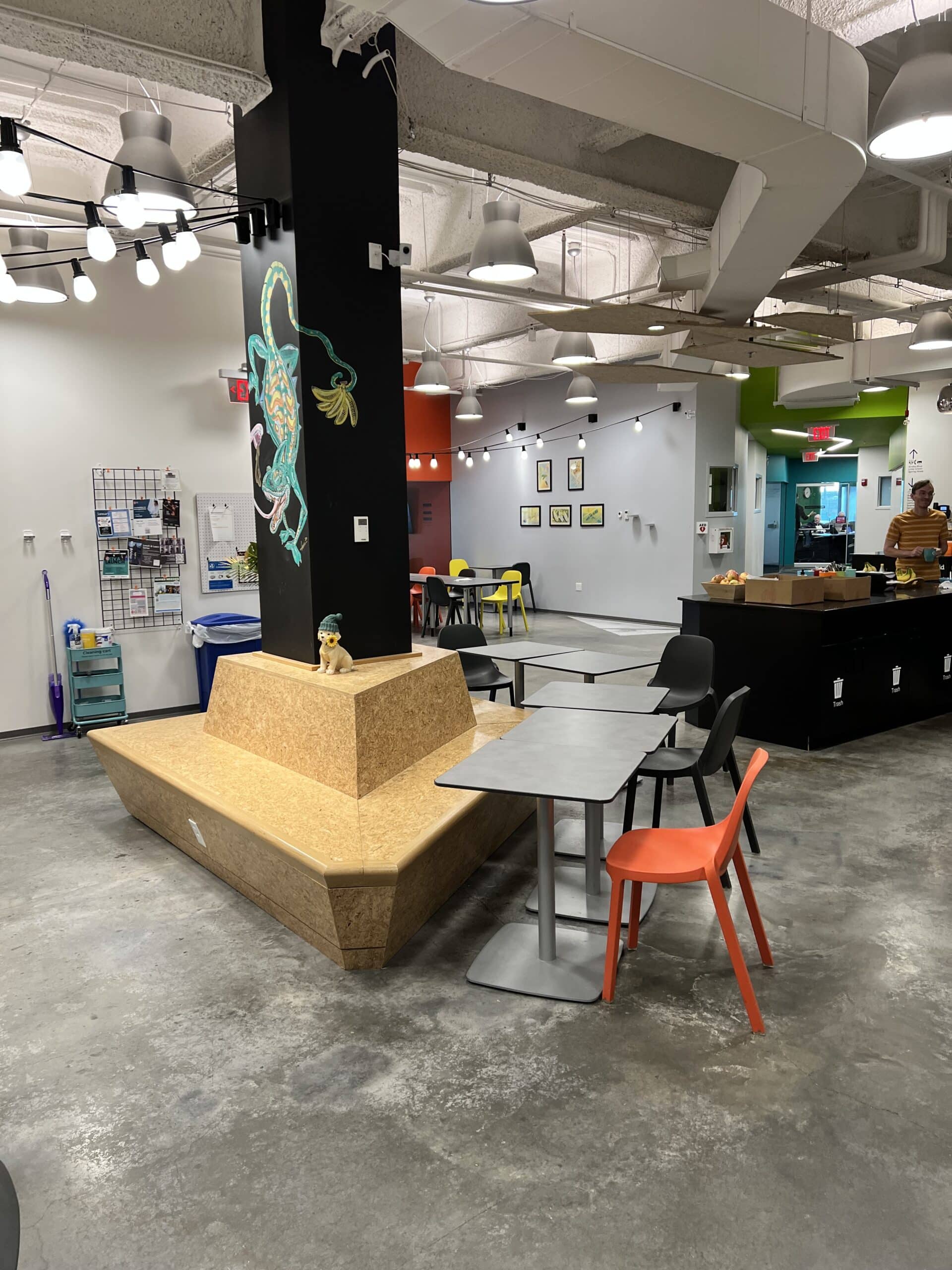
That several different industries are represented will ample this learning potential. Edward Glaeser, writing in The Triumph of the City, notes part of Manhattan’s success is that it brings together people from different backgrounds and industries (and from literally all over the world) and puts them in close proximity to each other. Combining ideas from different industries, fields of study, and cultures is a powerful way to birth new ideas.
Moreover, as in Manhattan, the ideas will be formed in an environment conducive to commercialization. The many entrepreneurs in the spaces will act as role models, and access to expertise such as marketing, training, and venture capital will help resource the new firms.
Finally, as the new firms grow, they will be positioned to hire talented employees from the other client companies, or by referral from marketing, HR, venture capital, or others.
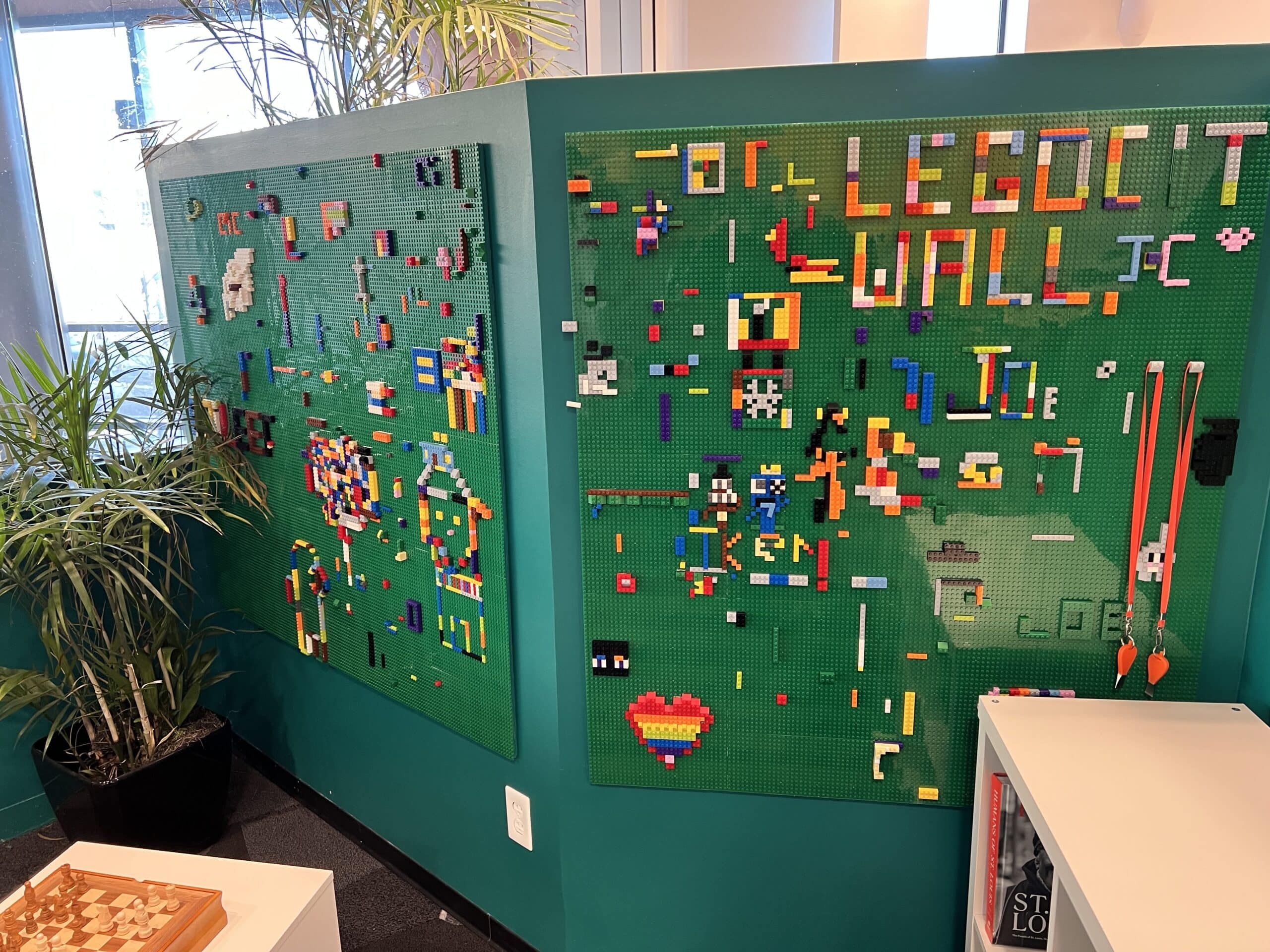
This means that CIC also provides startups with other needed capital: intellectual, human, financial, network and cultural. But, there is still more. Social capital, crucial for startup communities, is often defined as networks of trust.
We build social capital by working with people and coming to regard them as resources upon which we can depend; in turn, they come to form a similar view of us. Socializing and building rapport with other startup community people is certainly one way of forming these trust networks.
Finally, working in close proximity to like-minded entrepreneurs, startup employees, and startup community actors assures that people, ideas, and various kinds of capital will fluidly pass from one firm to the next. In addition to their roles as employees of specific startups, people will be a CORTEX-level and St. Louis-level resource.
More firms will be attracted to the CORTEX Innovation District to take advantage of this high-quality talent pool, and more talented people will be induced to work here to take advantage the many employment opportunities. We thus have a virtuous cycle that builds on itself, adding value and adding to the region’s prosperity.
CORTEX in a Nutshell
CORTEX is St. Louis’ first innovation district and a major success story in the region’s reinvention. It’s a place where entrepreneurs, academics, experienced managers, venture capitalists, mentors, and others come together to transform great ideas into startups.
It was founded in 2002 after Dr. William Danforth, a former Chancellor of Washington University, convinced civic leaders of the need to provide a place in which innovation could be concentrated and fostered. Founding institutions include Washington University, Saint Louis University, the University of Missouri at St. Louis, BJC HealthCare, and the Missouri Botanical Garden.
Cortex operates several innovation centers, each with a particular focus area. One of these is the Active Pharmaceutical Ingredients Innovation Center (APIIC), which is the subject of another EQ article.

